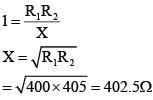JEE Main 2019 January 11 Shift 1 Paper & Solutions - JEE MCQ
30 Questions MCQ Test - JEE Main 2019 January 11 Shift 1 Paper & Solutions
A body is projected at t = 0 with a velocity 10 ms-1 at an angle of 60° with the horizontal. The radius of curvature of its trajectory at t = 1s is R. Neglecting air resistance and taking acceleration due to gravity g = 10 ms-2, the value of R is :
A particle is moving along a circular path with a constant speed of 10 ms-1. What is the magnitude of the change in velocity of the particle, when it moves through an angle of 60° around the centre of the circle?
A hydrogen atom, initially in the ground state is excited by absorbing a photon of wavelength 980Å. The radius of the atom in the excited state, in terms of Bohr radius a0, will be : (hc = 12500 eV – Å)
A liquid of density ρ is coming out of a hose pipe of radius a with horizontal speed v and hits a mesh. 50% of the liquid passes through the mesh unaffected. 25% looses all of its momentum and 25% comes back with the same speed. The resultant pressure on the mesh will be :
An electromagnetic wave of intensity 50 Wm-2 enters in a medium of refractive index 'n' without any loss. The ratio of the magnitudes of electric fields, and the ratio of the magnitudes of magnetic fields of the wave before and after entering into the medium are respectively, given by :
An amplitude modulated signal is given by V(t) = 10[1 + 0.3cos(2.2 x 104)]sin(5.5 x 105t). Here t is in seconds. The sideband frequencies (in kHz) are, [Given π = 22/7]
The force of interaction between two atoms is given by  where x is the distance, k is the Boltzmann constant and T is temperature and α and β are two constants. The dimension of β is :
where x is the distance, k is the Boltzmann constant and T is temperature and α and β are two constants. The dimension of β is :
The charges Q + q and +q are placed at the vertices of a right-angle isosceles triangle as shown below. The net electrostatic energy of the configuration is zero, it the value of Q is:
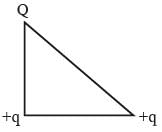
In the circuit shown, the switch S1 is closed at time t = 0 and the switch S2 is kept open. At some later time (t0), the switch S1 is opened and S2 is closed. The behaviour of the current I as a function of time 't' is given by :
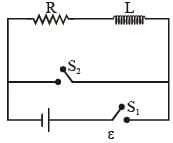
Equation of travelling wave on a stretched string of linear density 5 g/m is y = 0.03 sin(450 t – 9x) where distance and time are measured is SI units. The tension in the string is :
An equilateral triangle ABC is cut from a thin solid sheet of wood. (see figure) D, E and F are the mid-points of its sides as shown and G is the centre of the triangle. The moment of inertia of the triangle about an axis passing through G and perpendicular to the plane of the triangle is I0. It the smaller triangle DEF is removed from ABC, the moment of inertia of the remaining figure about the same axis is I. Then:
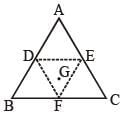
There are two long co-axial solenoids of same length l. the inner and outer coils have radii r1 and r2 and number of turns per unit length n1 and n2 respectively. The ratio of mutual inductance to the self-inductance of the inner-coil is :
A rigid diatomic ideal gas undergoes an adiabatic process at room temperature,. The relation between temperature and volume of this process is TVx = constant, then x is :
The gas mixture constists of 3 moles of oxygen and 5 moles of argon at temperature T. Considering only translational and rotational modes, the total inernal energy of the system is:
In a Young's double slit experiment, the path different, at a certain point on the screen, between two interfering waves is 1/8th of wavelength. The ratio of the intensity at this point to that at the centre of a bright fringe is close to :
If the deBronglie wavelength of an electron is equal to 10–3 times the wavelength of a photon of frequency 6 × 1014 Hz, then the speed of electron is equal to :
(Speed of light = 3 × 108 m/s
Planck's constant = 6.63 × 10–34 J.s
Mass of electron = 9.1 × 10–31 kg)
A slab is subjected to two forces  of same magnitude F as shown in the figure. Force
of same magnitude F as shown in the figure. Force is in XY-plane while force F1 acts along z-axisat the point
is in XY-plane while force F1 acts along z-axisat the point  . The moment of these forces about point O will be :
. The moment of these forces about point O will be :
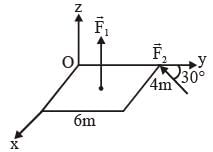
A satellite is revolving in a circular orbit at a height h from the earth surface, such that h << R where R is the radius of the earth.
Assuming that the effect of earth's atmosphere can be neglected the minimum increase in the speed requried so that the satellite could escape from the gravitational field of earth is :
In an experiment electrons are accelerated, from rest, by applying a voltage of 500 V. Calculate the radius of the path if a magnetic field 100 mT is then applied.
[Charge of the electron = 1.6 × 10–19 C Mass of the electron = 9.1 × 10–31 kg]
A particle undergoing simple harmonic motion has time dependent displacement given by  The ratio of kinetic to potential energy of this particle at t = 210 s will be :
The ratio of kinetic to potential energy of this particle at t = 210 s will be :
Ice at –20°C is added tp 50 g of water at 40°C. When the temperature of the mixture reaches 0°C, it is found that 20 g of ice is still unmelted. The amount of ice added to the water was close to
(Specific heat of water = 4.2 J/g/°C)
Specific heat of Ice = 2.1 J/g/°C
Heat of fusion of water at 0°C = 334 J/g)
In the figure shown below, the charge on the left plate of the 10 μF capacitor is -30 μC. The charge on the right plate of the 6 μF capacitor is :

In the given circuit the current through Zener Diode is close to :

The variation of refractive index of a crown glass thin prism with wavelength of the incident light is shown. Which of the following graphs is the correct one, if Dm is the angle of minimum deviation?
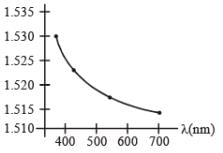
The resistance of the meter bridge AB in the given figure is 4Ω. With a cell of emf ε = 0.5 V and rheostat resistance Rh = 2Ω the null point is obtained at some point J. When the cell is replaced by another one of emf ε = ε2 the same null point J is found for Rh = 6 Ω. The emf ε2 is;
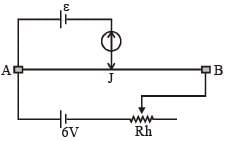
The given graph shows variation (with distance r from centre) of :
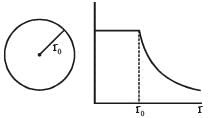
Two equal resistance when connected in series to a battery, consume electric power of 60 W. If these resistances are now connected in parallel combination to the same battery, the electric power consumed will be :
An object is at a distance of 20 m from a convex lens of focal length 0.3 m. The lens forms an image of the object. If the object moves away from the lens at a speed of 5 m/s, the speed and direction of the image will be :
A body of mass 1 kg falls freely from a height of 100 m on a platform of mass 3 kg which is mounted on a spring having spring constant k = 1.25 x 106 N/m. The body sticks to the platform and the spring's maximum compression is found to be x. Given that g = 10 ms-2, the value of x will be close to :
In a Wheatstone bridge (see fig.), Resistances P and Q are approximately equal. When R = 400 Ω, the bridge is equal. When R = 400 Ω, the bridge is balanced. On inter-changing P and Q, the value of R, for balance, is 405 Ω. The value of X is close to :
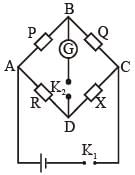


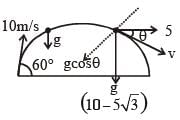




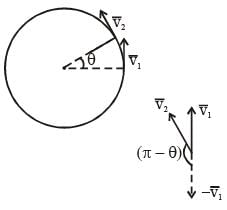
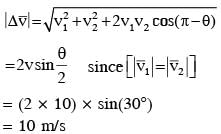



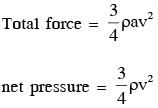










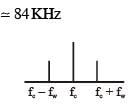
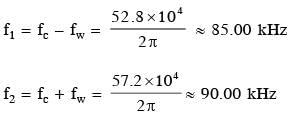

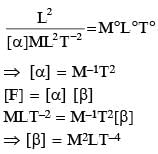

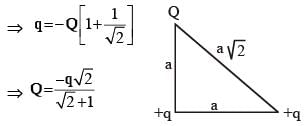
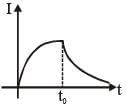








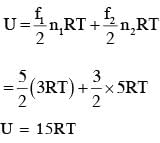




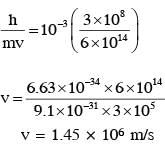





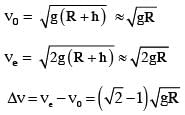










 and at null point
and at null point 
















